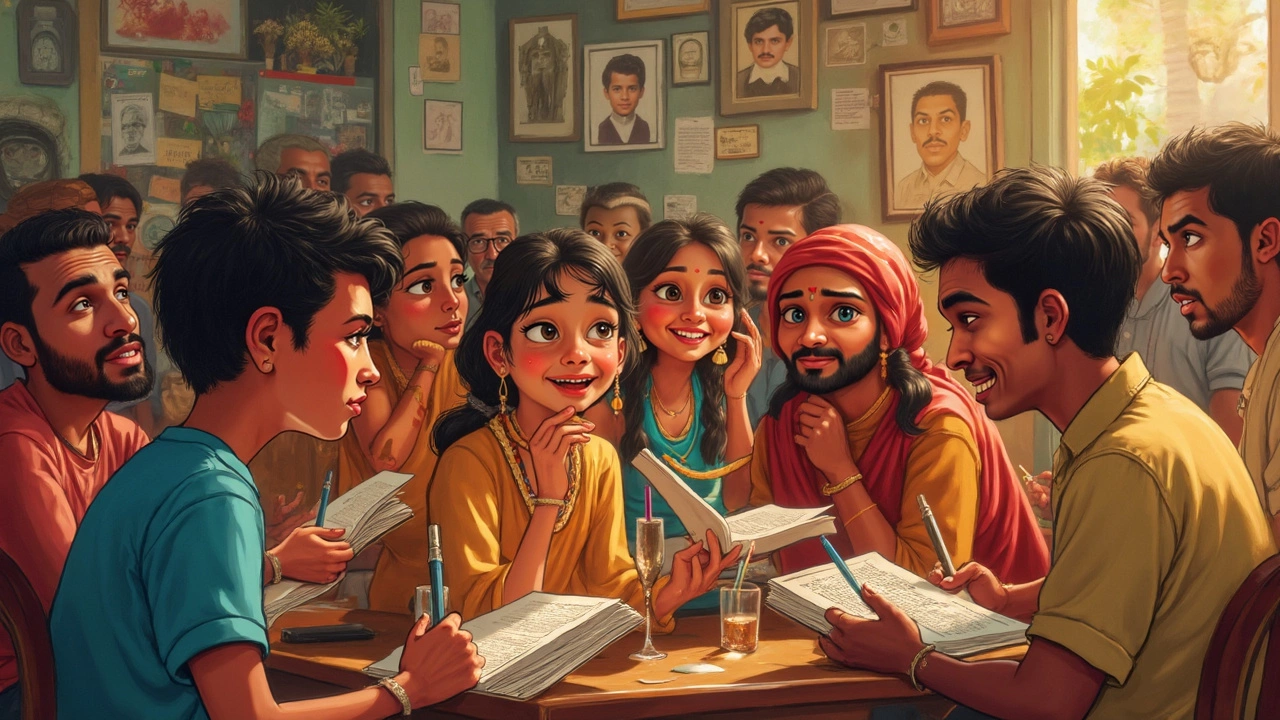Bad Poetry: Spotting the Mistakes and Fixing Your Verse
Ever read a poem that makes you cringe instead of smile? You’re not alone. Bad poetry shows up everywhere – on social media, in school assignments, and even in wedding speeches. The good news is that most of the problems are easy to spot and fix. In this guide we’ll break down the most common pitfalls and give you quick, practical fixes.
Why Bad Poetry Happens
First, it’s useful to know why a poem can fall flat. Most beginners try to sound deep without thinking about structure. They overload the lines with fancy words, rhyme for the sake of rhyme, or drop the rhythm entirely. Another big culprit is emotion overload – when the writer pours out feelings but forgets to shape them into a story.
These habits lead to three main symptoms: forced rhymes, confusing imagery, and a lack of flow. If you see any of those, you’re probably looking at a bad poem.
How to Spot Bad Poetry Fast
Here are three quick checks you can run while reading any verse:
1. Rhyme feels forced. When the poet uses obscure words just to make a rhyme, the poem sounds unnatural. Example: "I’m feeling so blue, like a kangaroo in a zoo." The rhyme works, but the image is odd and the word choice feels random.
2. The imagery is vague or mixed. Good poems paint clear pictures. Bad ones mash unrelated ideas together: "Your smile is a sunrise, a coffee cup, and a thunderstorm all at once." The brain can’t latch onto any one image.
3. The rhythm is all over the place. If the beat jumps from three-syllable lines to ten-syllable lines without a pattern, the poem feels choppy. Try reading it aloud; a smooth beat will feel natural, a broken one will stumble.
Spotting these signs lets you decide quickly whether a poem needs a rewrite.
Turning Bad Poetry into Good Poetry
Now that you can identify the problems, let’s fix them. Start with the biggest issue – the rhyme. Replace forced rhymes with near‑rhymes or abandon rhyme altogether if it hampers meaning. For the example above, change it to: "Your smile is sunrise, bright and true." This keeps the image and drops the weird kangaroo line.
Next, tighten the imagery. Choose one strong picture and stick to it. If you want to compare a smile to light, stay with light: "Your smile lights the room like sunrise on a calm sea." Adding “calm sea” keeps the feeling consistent.
Finally, give the poem a rhythm. Count the syllables in a few lines and aim for a consistent range – 8 to 10 syllables works well for beginners. Read the revised lines out loud; they should flow without you stumbling.
One more tip: read your poem backwards, line by line. This forces you to hear each line in isolation, making odd words or awkward phrases pop out.
Practice makes perfect. Pick a bad poem you like, apply these three steps, and compare the before‑and‑after. You’ll notice instantly how much smoother the verse becomes.
Remember, bad poetry isn’t a death sentence. It’s just a learning stage. By watching out for forced rhymes, mixed images, and uneven rhythm, you can turn cringe‑worthy verses into something readers actually enjoy.
- Arjun Bhardwaj
- 23-06-25
- Short Poetry
Poor Poetry: What Do You Actually Call It?
Ever wondered what people call poetry that just doesn’t work? This article breaks down the common names for bad poetry, especially in the Indian context and short forms. We’ll look into what makes poetry 'bad,' some infamous real-life examples, and tips to avoid writing poor verses yourself. If you’re tired of reading cringe-worthy rhymes, there are hacks to spot and even fix weak lines. Sharpen your poetry skills and stop making rookie mistakes.
Details